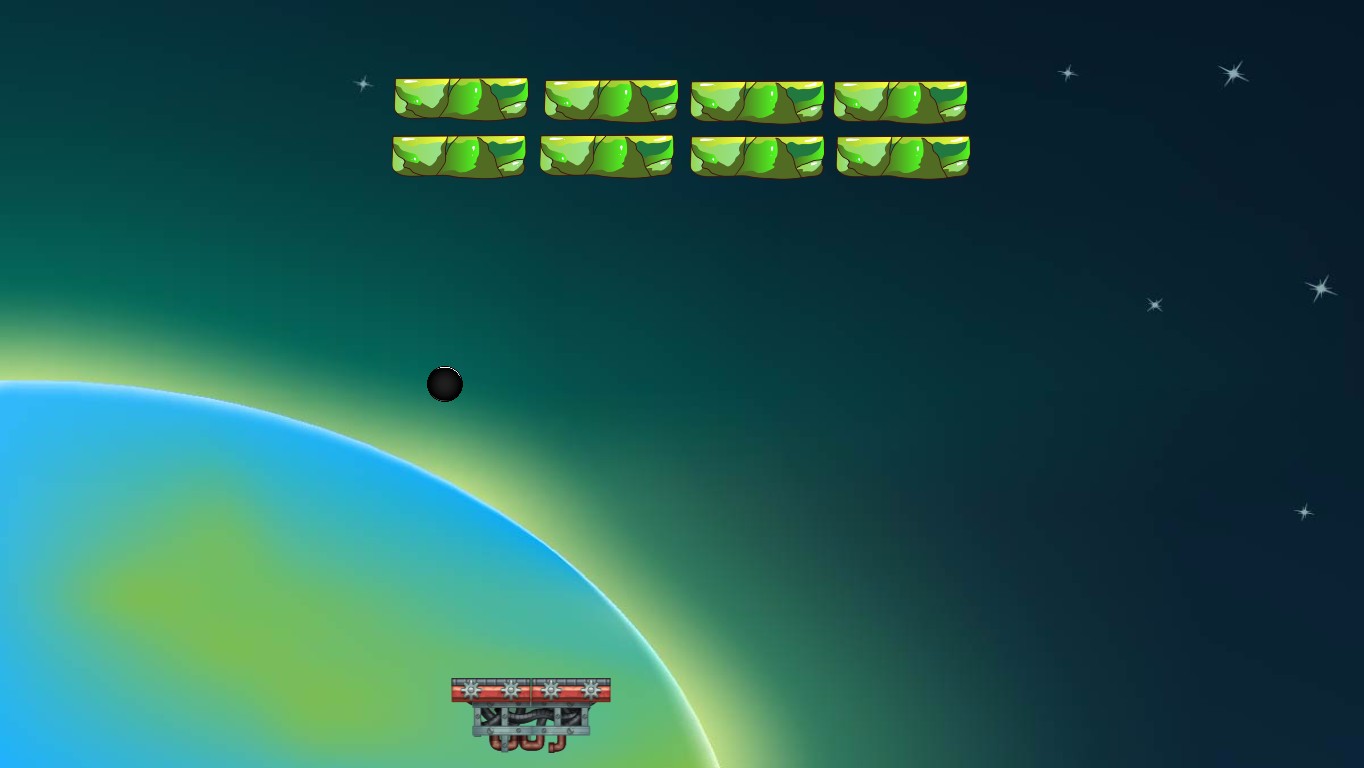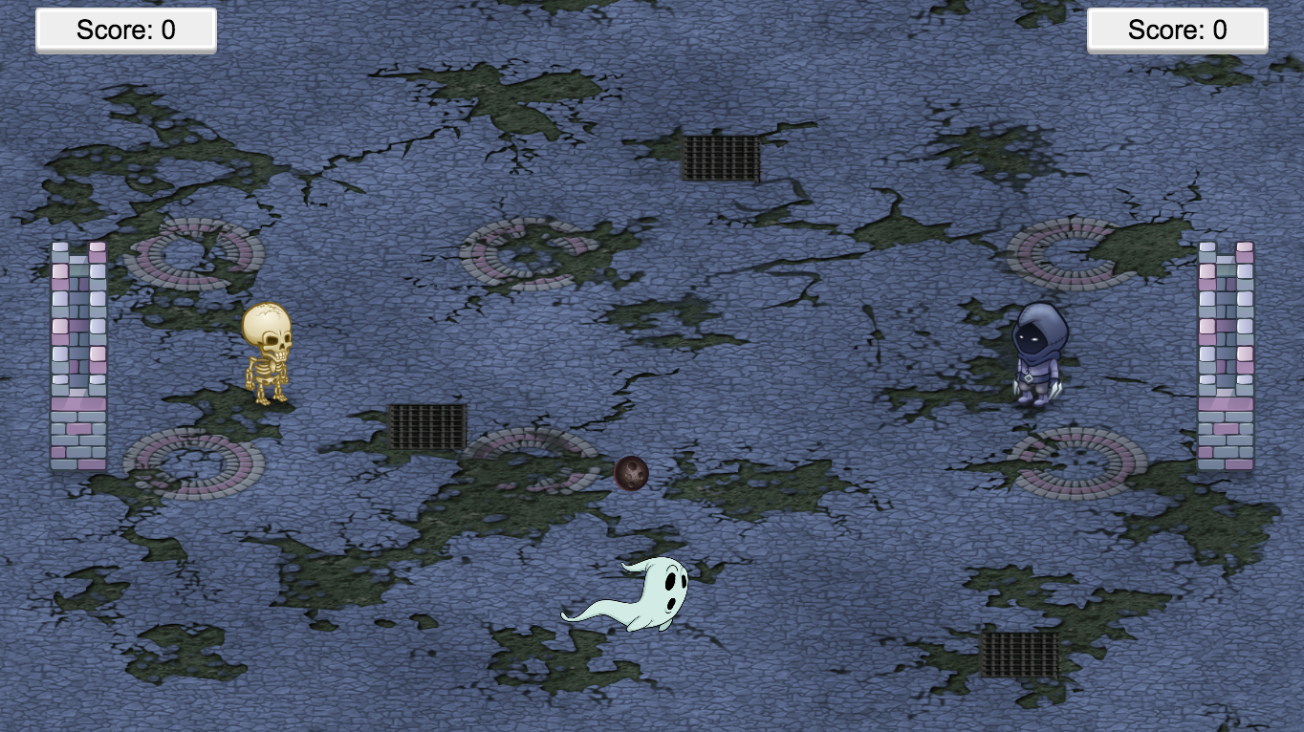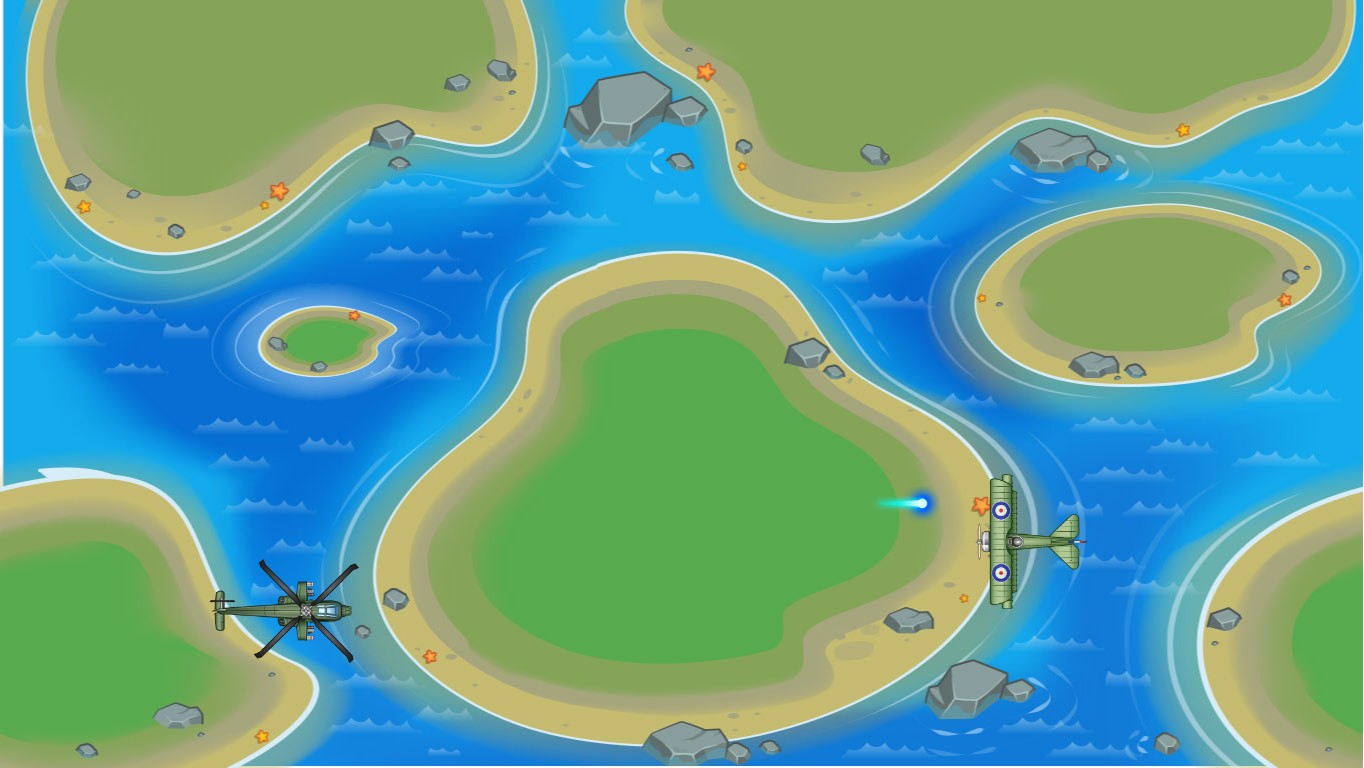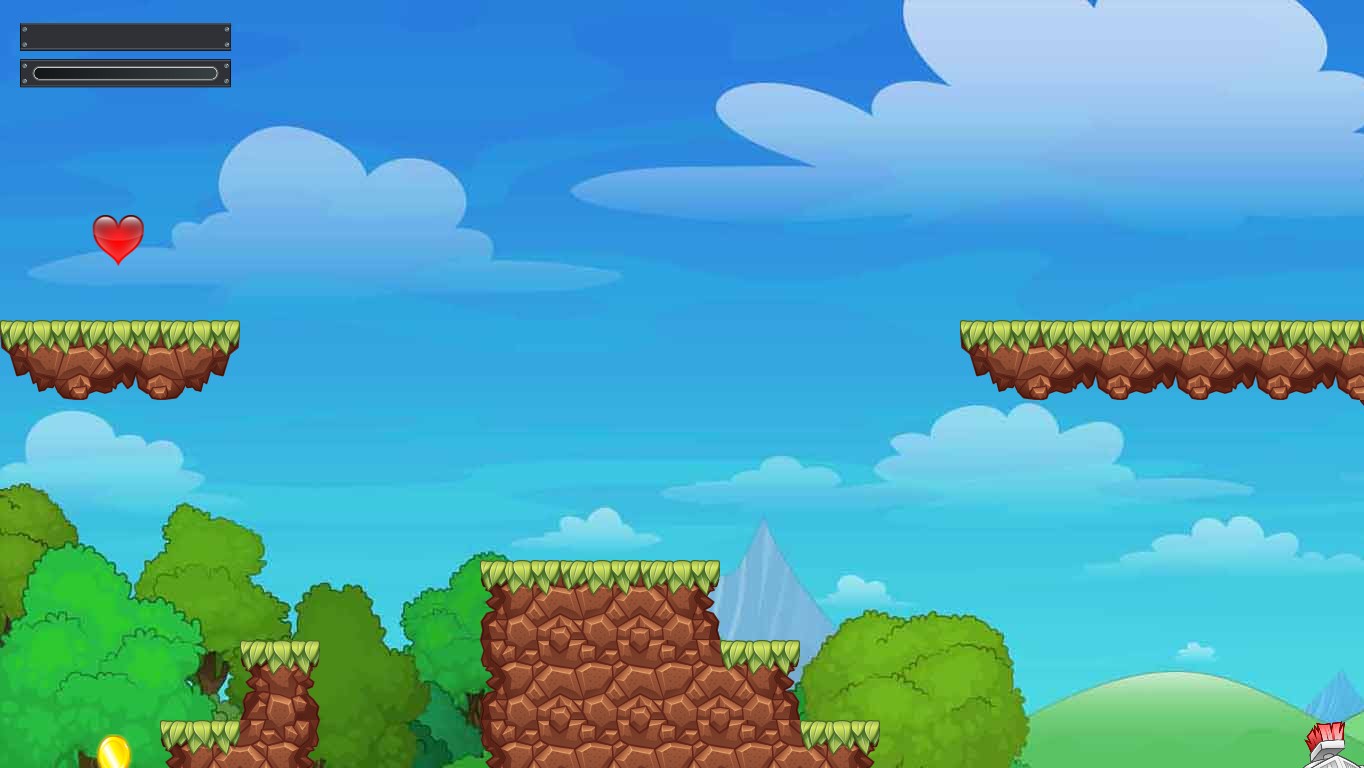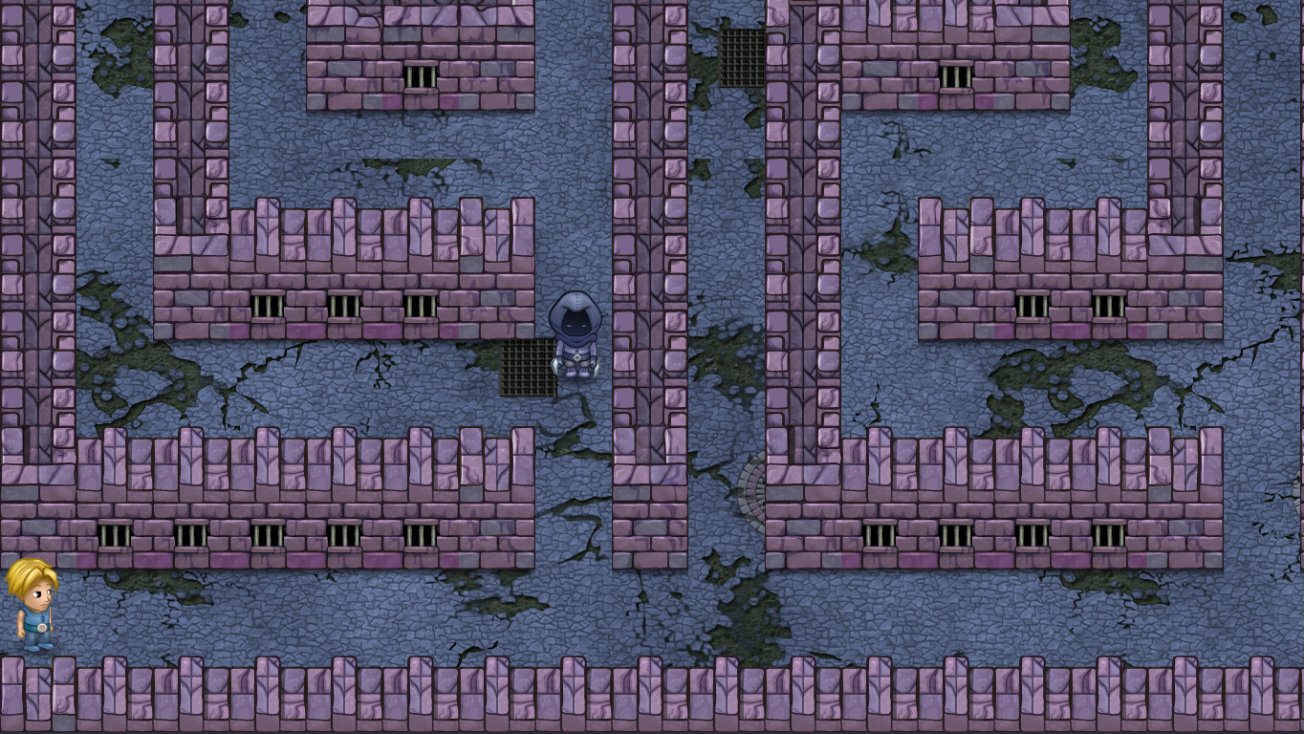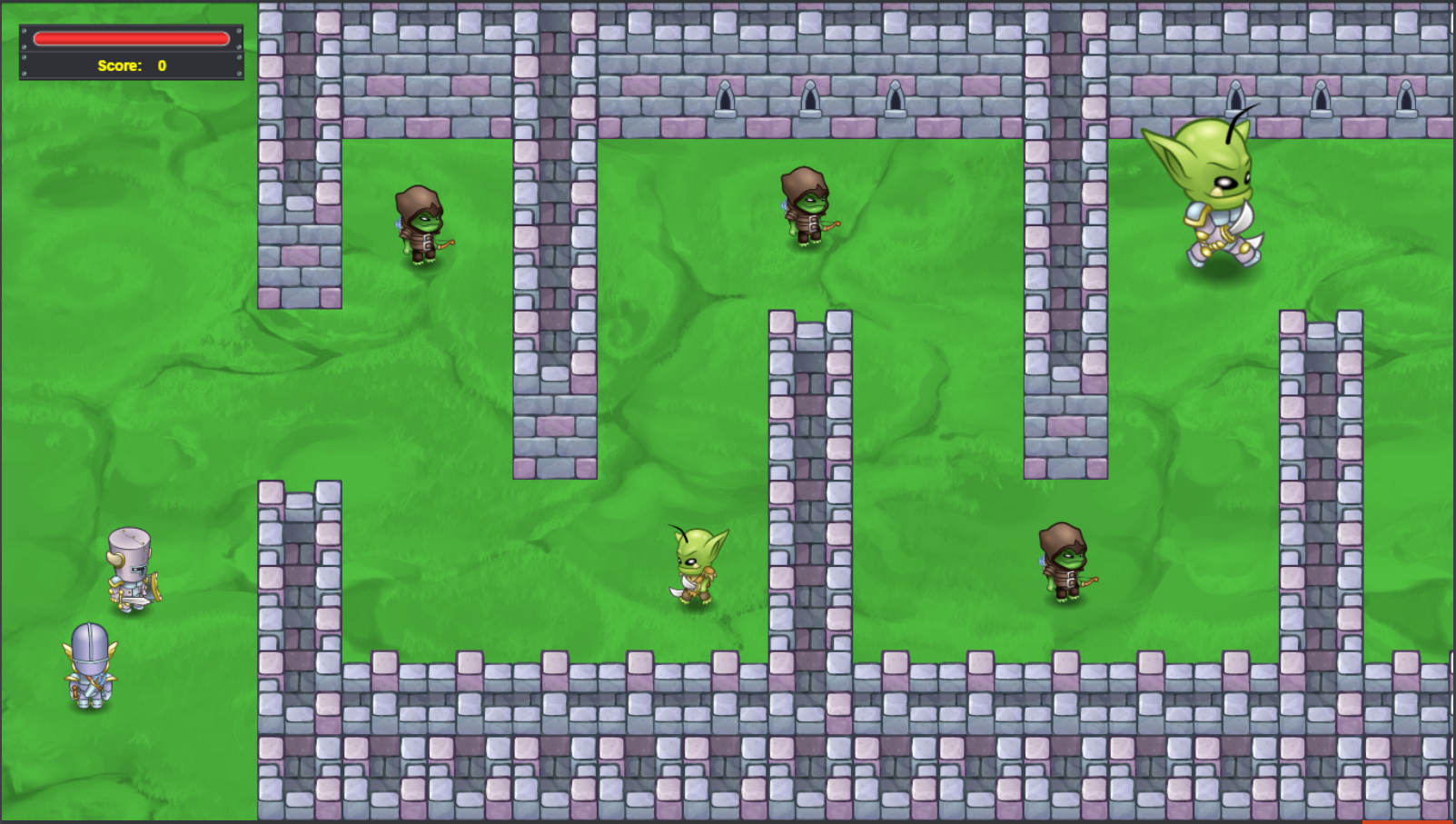Answer Key
Module 2: Circle

Module 3: Tambourine

Module 4: Hexagonal Frame

Module 5: Venn Diagram

Module 8: Snowflake

Module 9: Circle Art

Module 10: Honeycomb

U.S. Standards
- CCSS-Math: MP.1
- CCSS-ELA: RF.3.4.A, RF.4.4.A, RF.5.4.A, 6-8.RST.3, 6-8.RST.4, 6-8.RST.7
- CSTA: 1B-AP-10, 1B-AP-11, 1B-AP-12, 1B-AP-15, 2-AP-13, 2-AP-17
- CS CA: 3-5.AP.10, 3-5.AP.12, 3-5.AP.13, 3-5.AP.14, 3-5.AP.17, 6-8.AP.13, 6-8.AP.16, 6-8.AP.17
- ISTE: 1.c, 1.d, 4.d, 5.c, 5.d, 6.b
U.K. Standards
Key stage 2
Pupils should be taught to:- design, write and debug programs that accomplish specific goals, including controlling or simulating physical systems; solve problems by decomposing them into smaller parts
- understand computer networks, including the internet; how they can provide multiple services, such as the World Wide Web, and the opportunities they offer for communication and collaboration
- use technology safely, respectfully and responsibly; recognise acceptable/unacceptable behaviour; identify a range of ways to report concerns about content and contact
Key stage 3
Pupils should be taught to:- design, use and evaluate computational abstractions that model the state and behaviour of real-world problems and physical systems
- create, reuse, revise and repurpose digital artefacts for a given audience, with attention to trustworthiness, design and usability
- understand a range of ways to use technology safely, respectfully, responsibly and securely, including protecting their online identity and privacy; recognise inappropriate content, contact and conduct, and know how to report concerns
Description
Learn to plan and design a variety of game types. Over the course of a week, you will design and build 2D platformers, top-down games, side scrollers, and physics-based games. Campers will build a foundation of programming basics and apply them as they build a different class of game each day. Work on a collaborative project with friends. At the end of the week, show off your original games and play them with friends and family. No prior programming experience required.
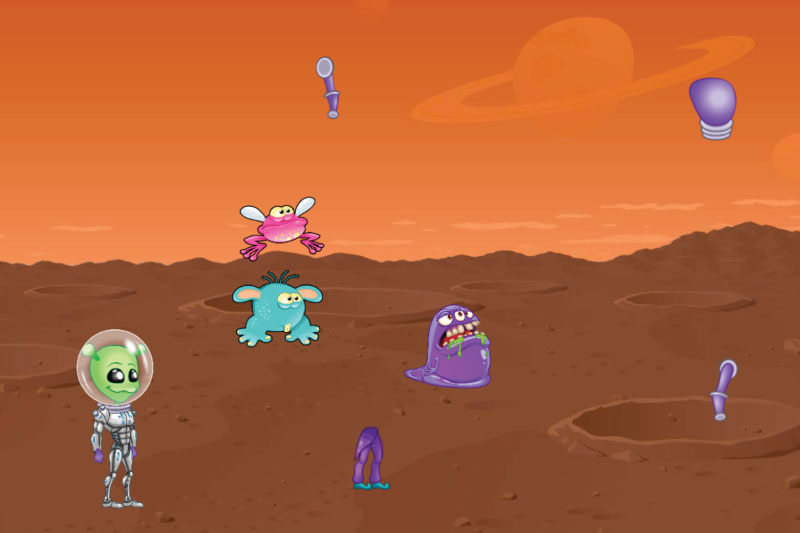
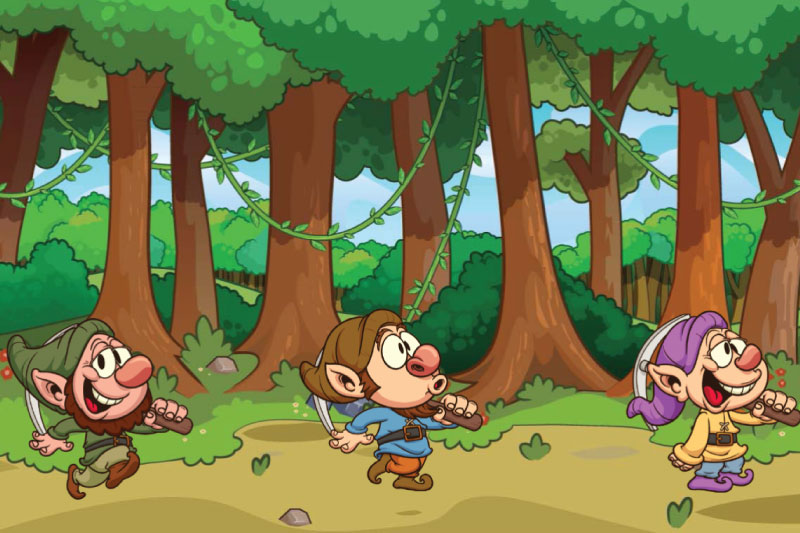
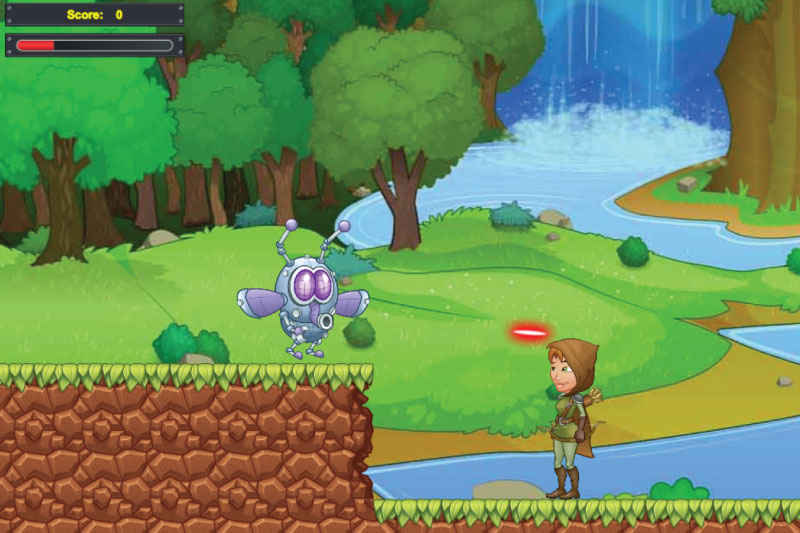
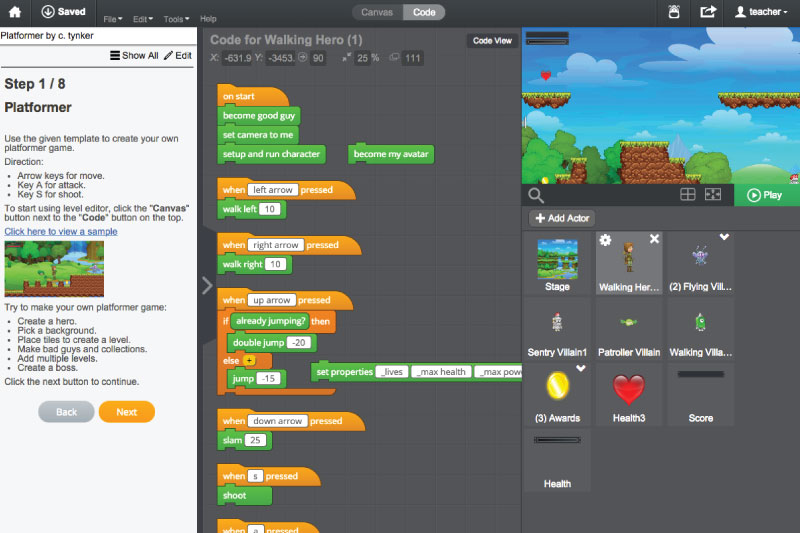
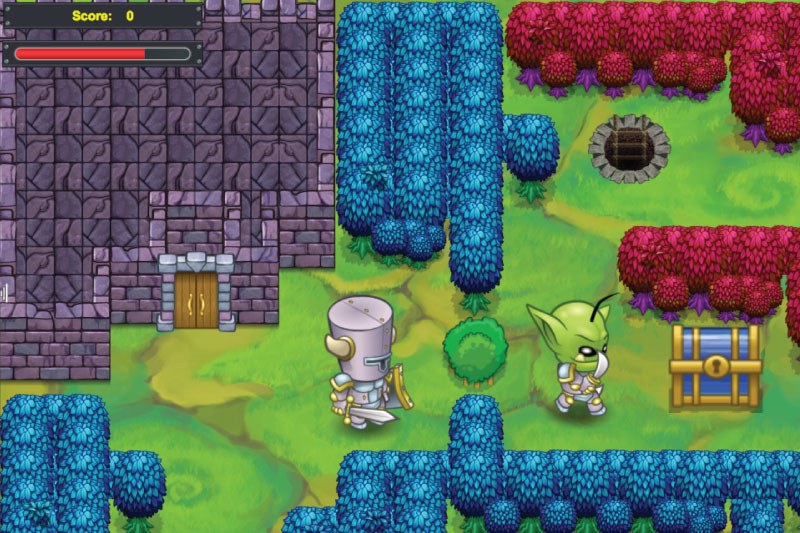
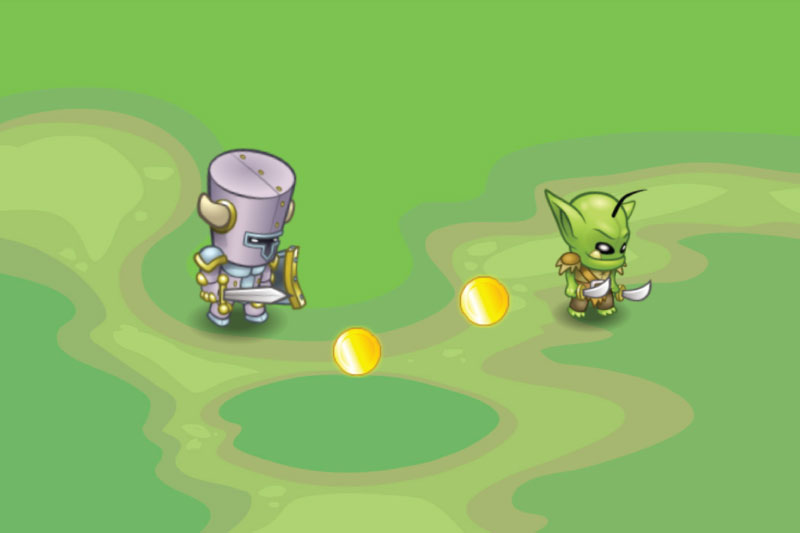

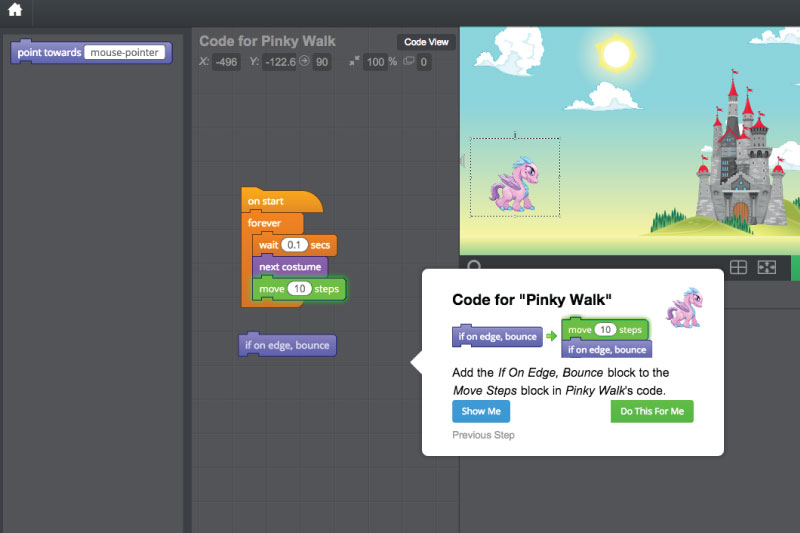
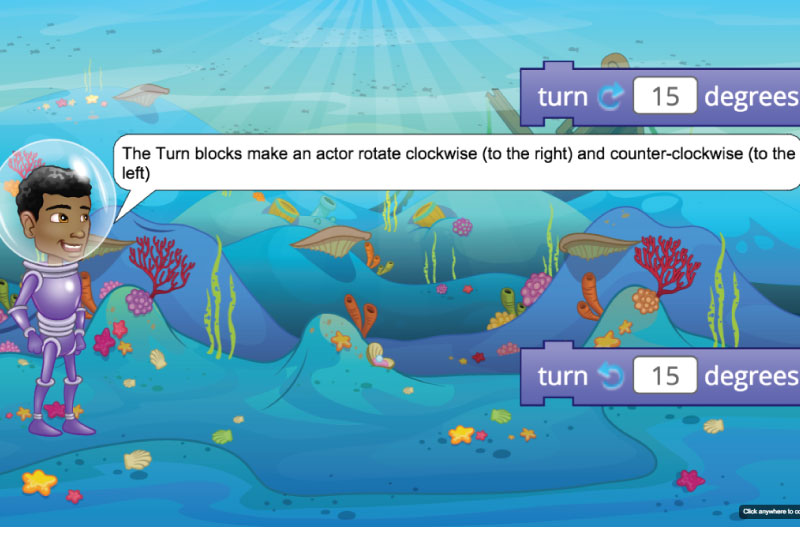
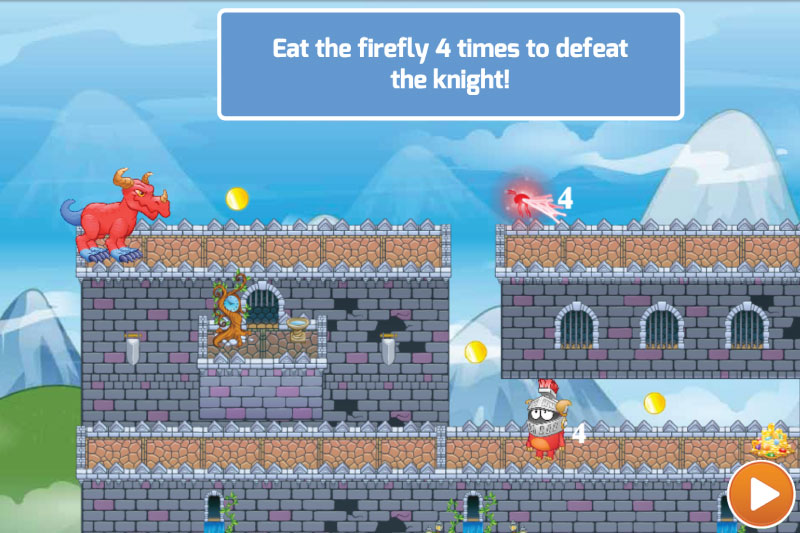
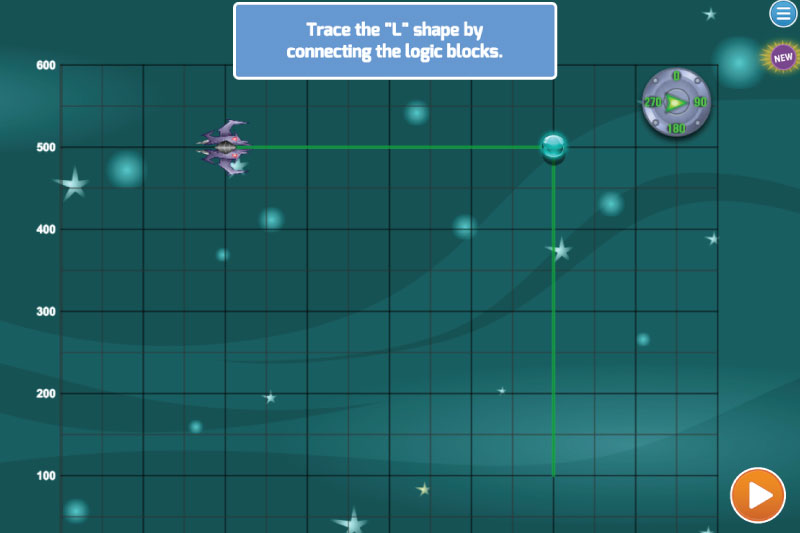
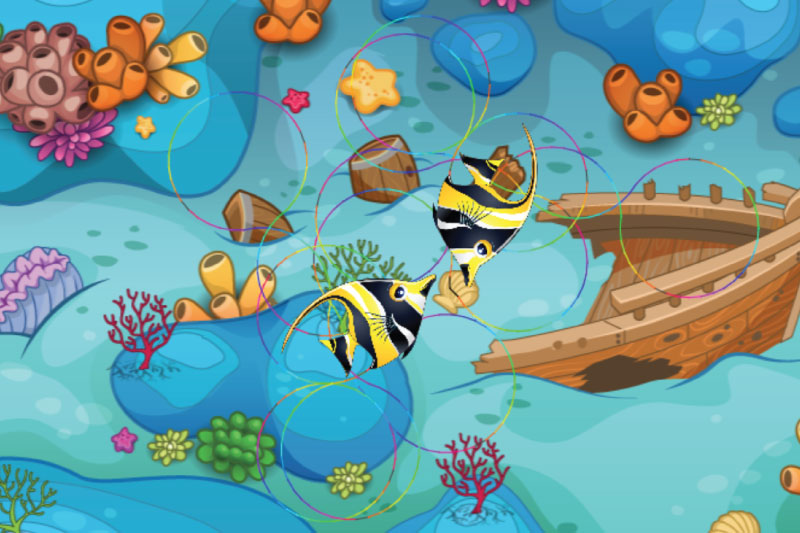

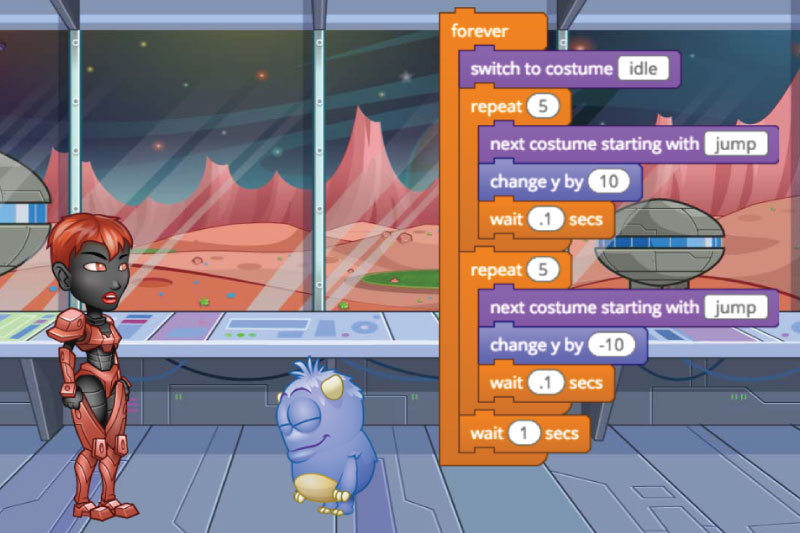
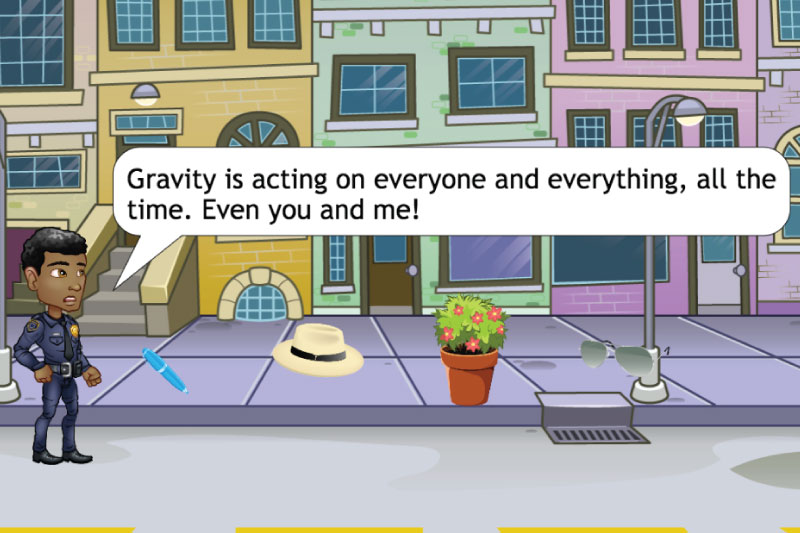
What Students Learn
- Day 1: Animation and Basics
- Day 2: Music and Level Design
- Day 3: Adventure Game
- Day 4: Physics Games
- Day 5: Collaborative Exercise
Technical Requirements
* Online courses require a modern desktop computer, laptop computer, Chromebook, or Netbook with Internet access and a Chrome (29+), Firefox (30+), Safari (7+), or Edge (20+) browser. No downloads required.
Lesson
6 : Drawing Puzzles
Game Design
Time: 45+ minutes
Introduction
Tynker Blocks Introduced
Vocabulary
Objectives
Materials
Warm-Up (5 minutes)
Activities (40+ minutes)
Facilitate as students complete all Drawing Puzzles modules on their own:
1. Introduction to Drawing (Video)2. Circle (Puzzle)
3. Tambourine (Puzzle)
4. Hexagonal Frame (Puzzle)
5. Venn Diagram (Puzzle)
6. Make the Coolest Pattern (Puzzle)
7. Snowflake (Puzzle)
8. Circle Art (Puzzle)
9. Honeycomb (Puzzle)
